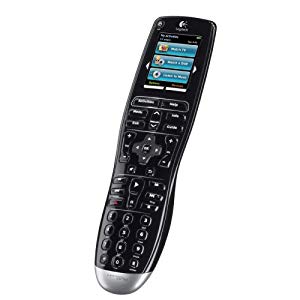If you installed some form of home automation (lighting control for example), how did you keep the complexity manageable for your family members?
In many cases where friends have installed some form of home automation, I see that the person who wanted it and decided on the individual settings is the only one comfortable with it. The others? Not so much.
They think there are too many buttons ("We used to have a single button and light everywhere, now there are eight, and I always have to try them all to get the right one"), too many options (pressing once vs. holding, on-off vs dimming - "Why doesn't that light turn on?" "It is, it's just dimmed all the way down"), and they see it as just one of the new toys of their husband or father. The same thing with home theater setups ("Why do I need three remotes to watch TV?" [TV screen, set-top box, audio installation] "We had a simple TV, and I liked it!")
Do you recognize this situation? What can be done to prevent it? I understand the difference Don Norman makes between a "complex world" and a "complicated user interface", but are we maybe making the world/our house too complex ourselves?
(Of course, since this is a site for DIY'ers, and an offspring of Stack Overflow, most of us will be the enthusiastic husbands and fathers. Bonus points for answers written together with your wives and children!)



